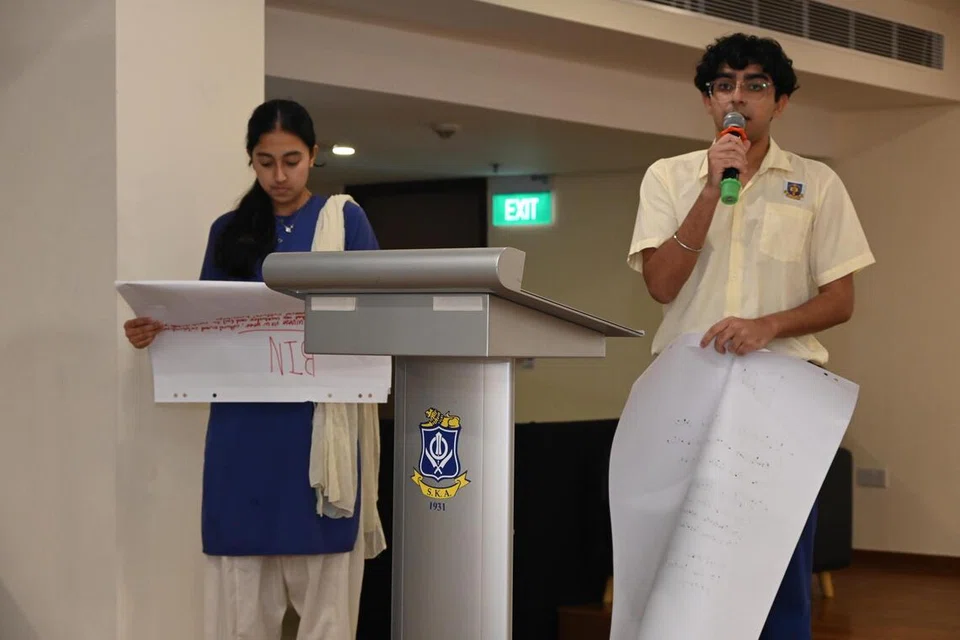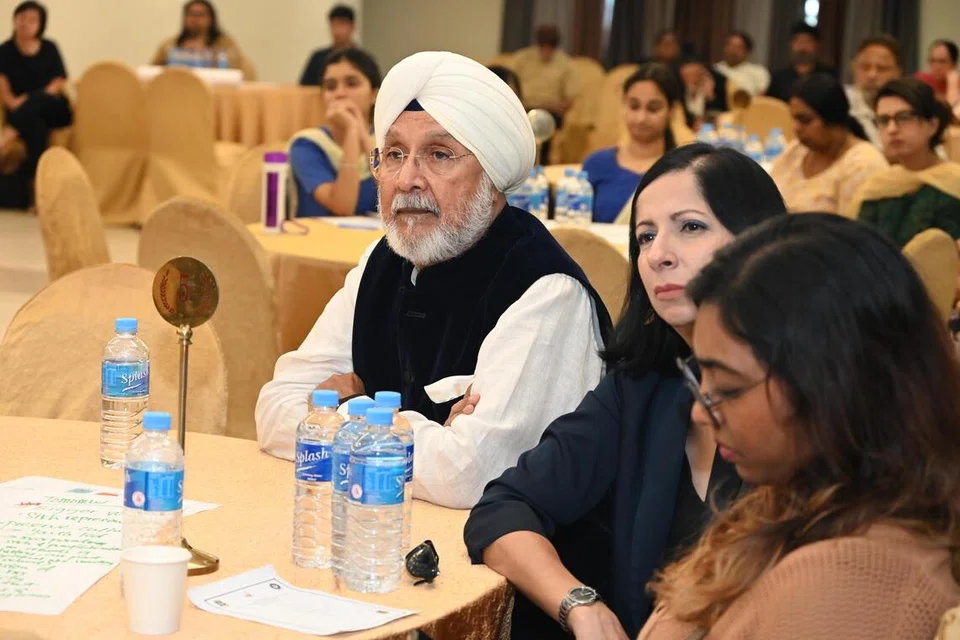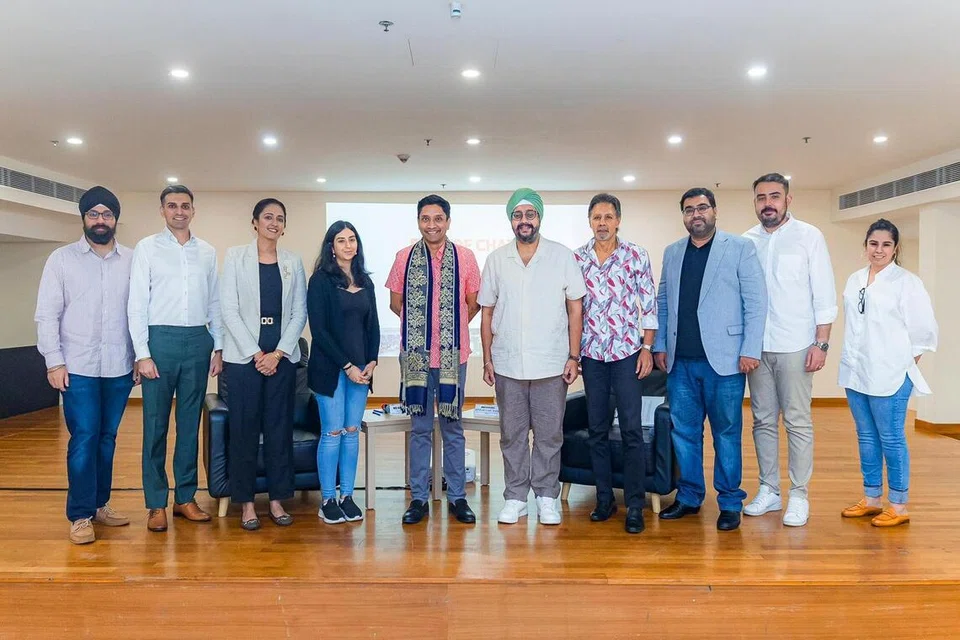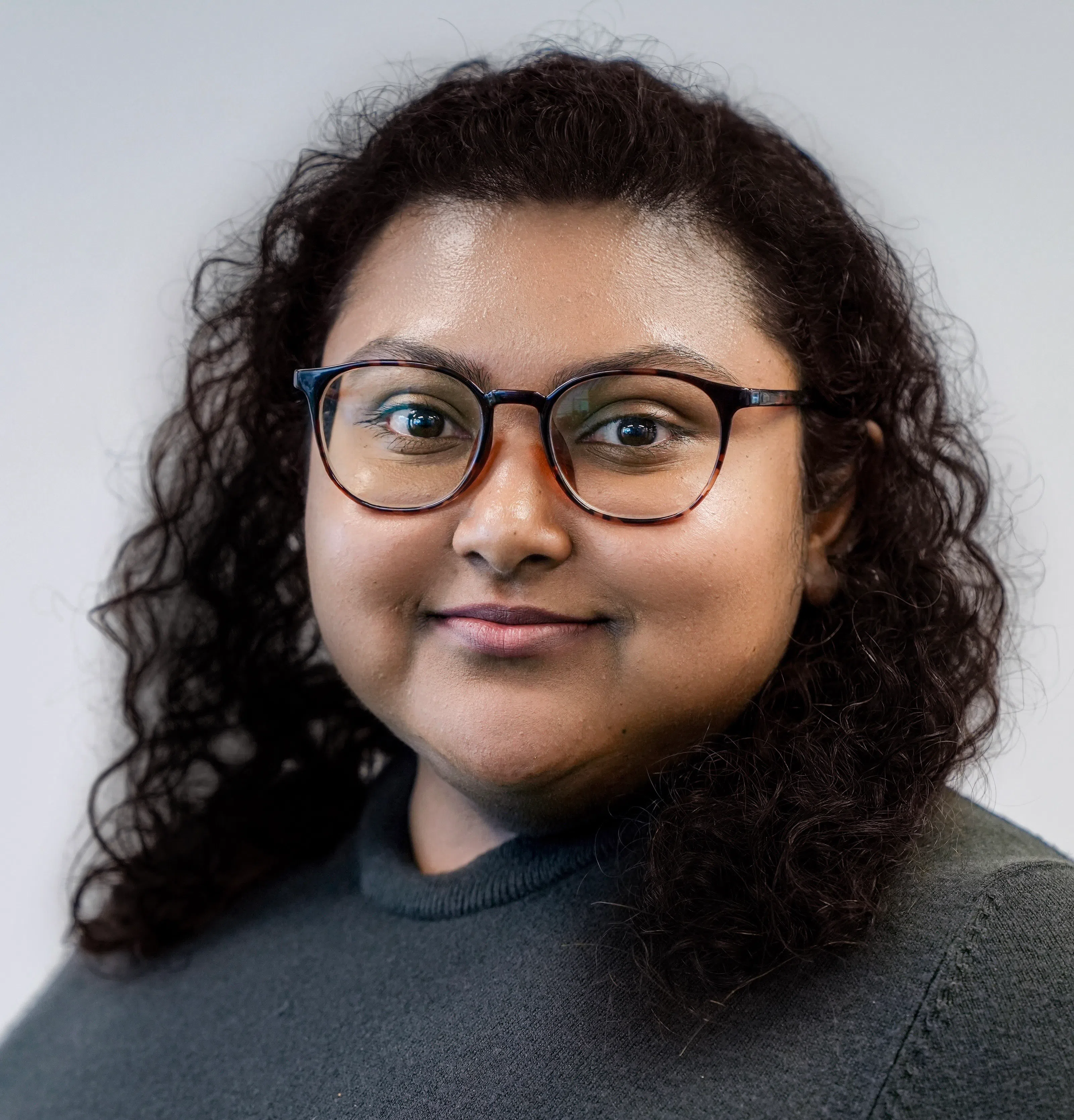Sikh youth want a more level playing field when it comes to language education. This was one of the concerns raised at the National Day Dialogue 2025 with the local Sikh community on Sept 6 at the Singapore Khalsa Association.
Some 80 attendees, including Punjabi School students, heads of Sikh institutions, and community members, gathered for an intergenerational dialogue to outline the community’s needs and aspirations moving forward.
Mr Rohanveer Singh, 17, said that Sikh youth feel disadvantaged as Punjabi is not offered as a Higher Mother Tongue Language (HMTL) subject at the O Levels in Singapore. Without HMTL, students cannot earn the bonus points needed to qualify for applications to Singapore’s top junior colleges.
“I have to take a third language. I have 5 hours of extra language classes every week,” said Mr Rohanveer, who took up Chinese just so he could get into Raffles Junior College, where he’s currently a first-year student.
Another participant highlighted that Punjabi is also not offered as a core subject in the International Baccalaureate (IB) Diploma Programme in Singapore schools, which limits the education options for students studying the language.
These concerns were raised with the Minister of State for Culture, Community and Youth, Dinesh Vasu Dash, who was the guest of honour at the dialogue. He acknowledged the Sikh community’s rich history and contributions to Singapore, and encouraged the community to work together and with the Government to overcome future challenges.
“Young people will have a very different lived experience and worldview, and we would have to listen to our young colleagues, and ask our sons and daughters what their aspirations for the Sikh community are, and what we want to do moving forward. And I think with that, we can form a stronger social compact that will help us in the long run,” Mr Dinesh said.
“I find the Sikh community one that’s very much forward-looking, very passionate in what you do. The sense of service is strong within the Sikh community, and you are very well represented in terms of sports, legal, political and civil service,” he added.
Organised by the Young Sikh Association (YSA), Singapore Khalsa Association (SKA) and Sikh Advisory Board (SAB), the dialogue’s theme was “SG60: Yesterday. Today. Tomorrow.” to capture the Sikh community’s contributions to Singapore over the past 60 years.
A novel “Bank, Bin & Garage” workshop concept, proposed by SAB chairman Mr Malminderjit Singh, was introduced to help participants categorise initiatives the Sikh community should preserve, discard, or rework.
The community would like to preserve its strong religious presence, with seven temples serving a relatively small population of around 12,000 to 13,000 Sikhs in Singapore.
Other concerns raised include the overlapping of festive events, like Vesakhi celebrations, due to a lack of coordination or communication between the many Sikh institutions and lesser role models in the public sphere for the younger generation.

“There are some role models like Mr Davinder Singh, a lawyer and former parliamentarian, and Dr Kanwaljit Soin, who was very active in women’s rights. Through more discussion, I hope our community can identify younger role models and showcase them,” said lawyer Ms Simran Toor, 46.
Her father, Dr Sorinder Singh, 76, helped found the Sikh Welfare Council (SIWEC) in 1995, which tackles social issues such as family dysfunctions, destitution, bereavement and more. He observed that organisations are becoming more sophisticated and the community’s needs have evolved.
“The basic needs are the same, but as people get older, caretaking and depression become issues. The elderly feel more isolated and lonely, so we have to find ways to engage them in social activities and look out for them,” Dr Sorinder said.
YSA president Mr Harishpal Singh, 33, said that past dialogues involved either students or institution heads only, but this session succesfully brought everyone together to exchange their opinions and find common ground.



